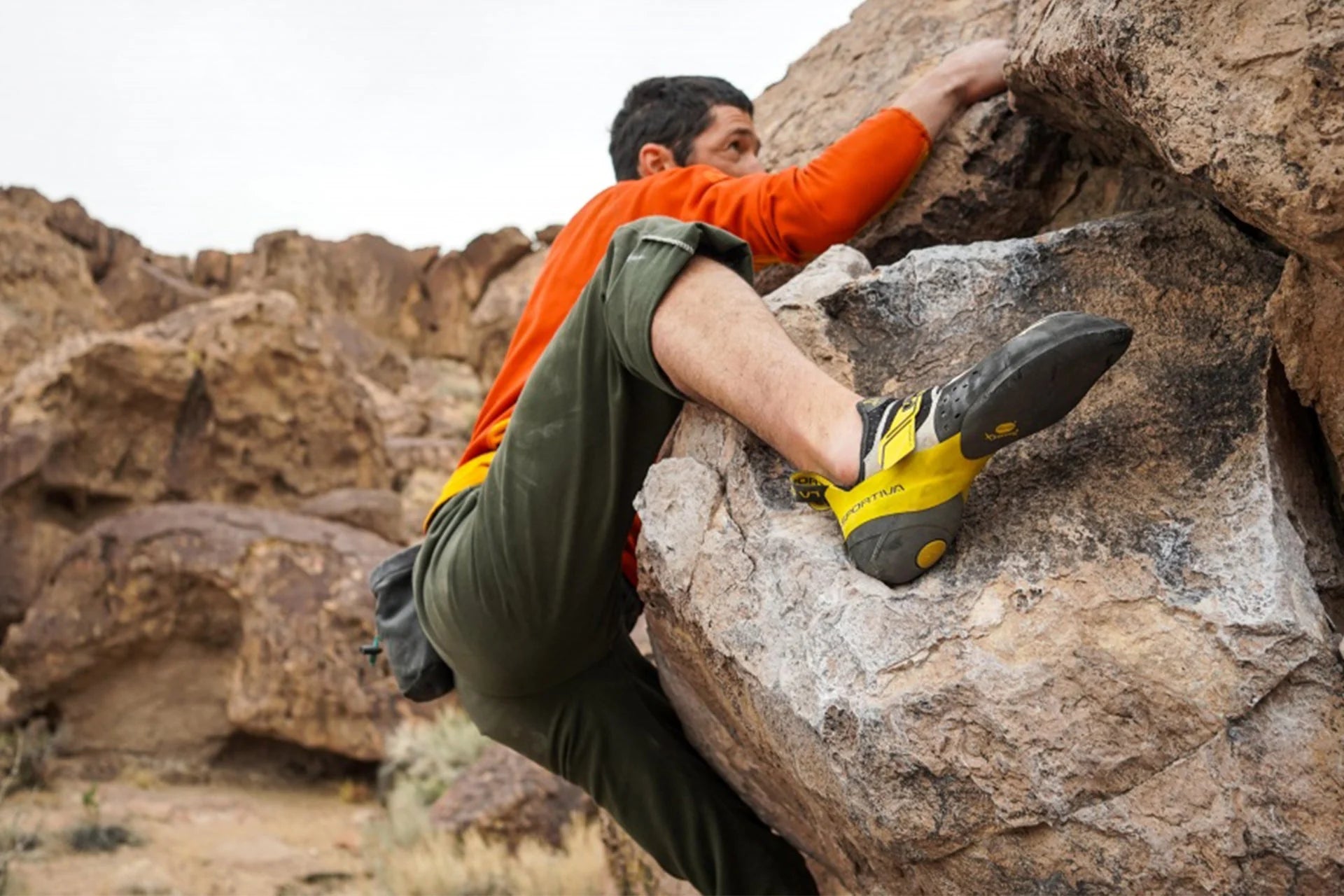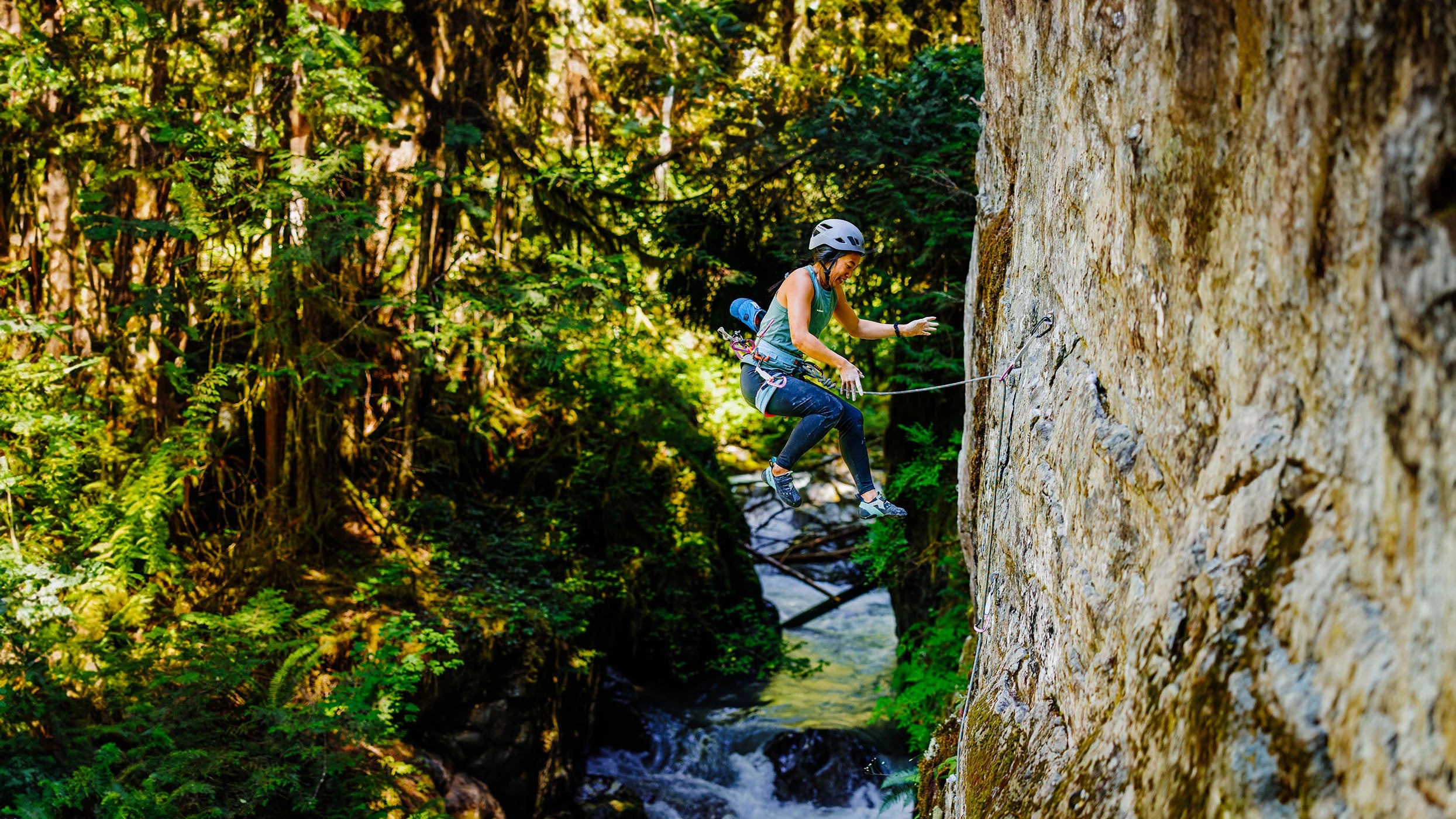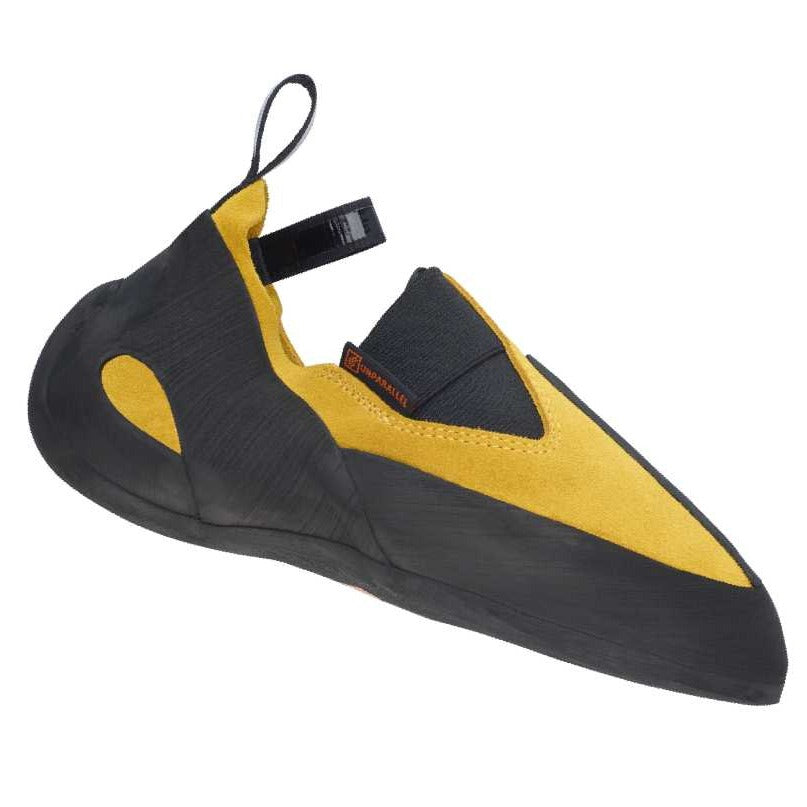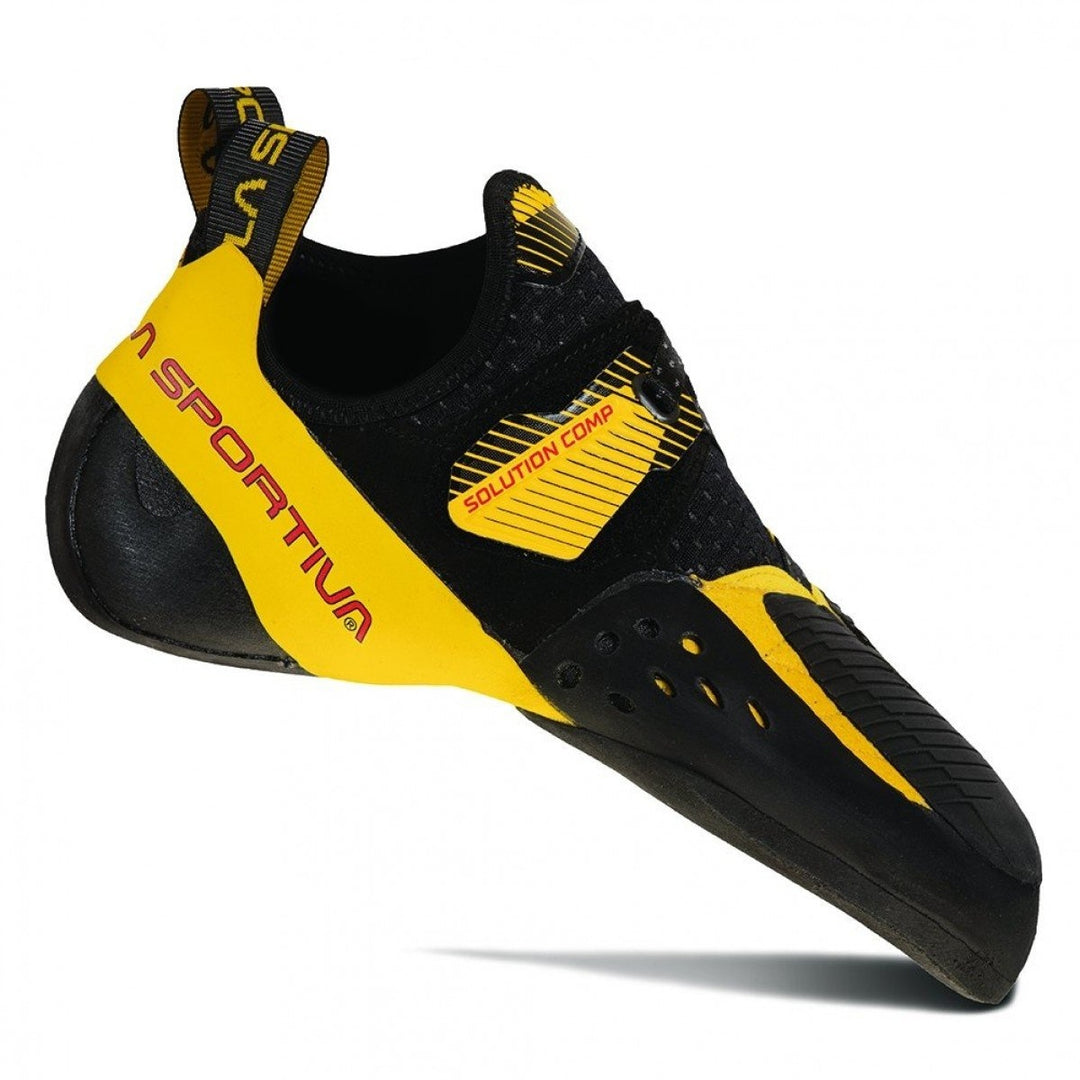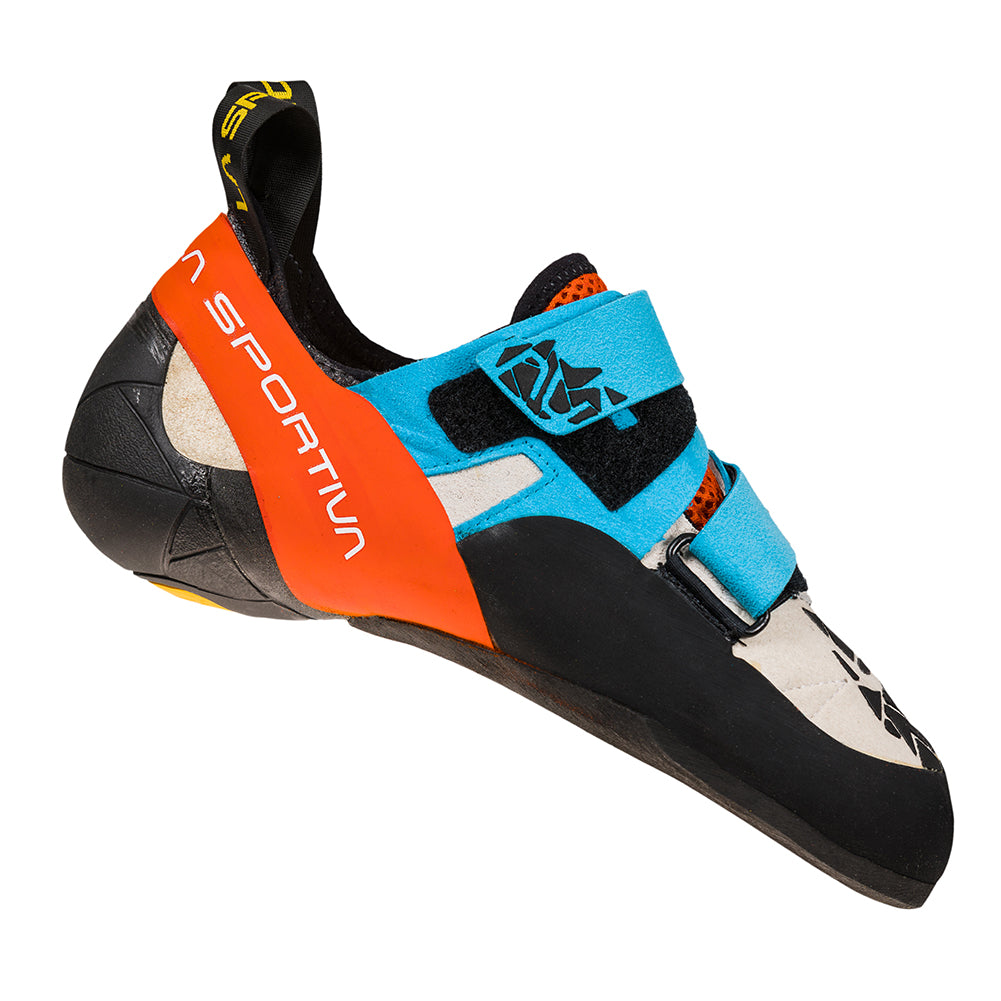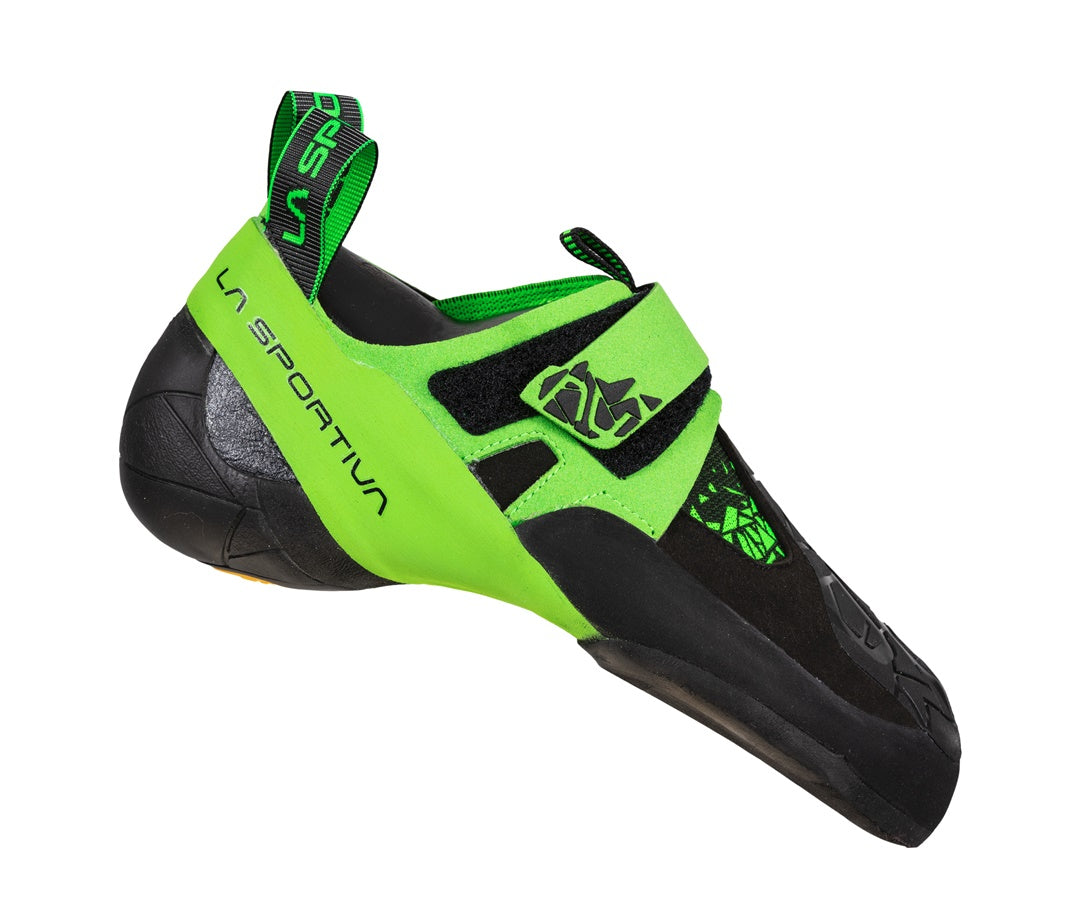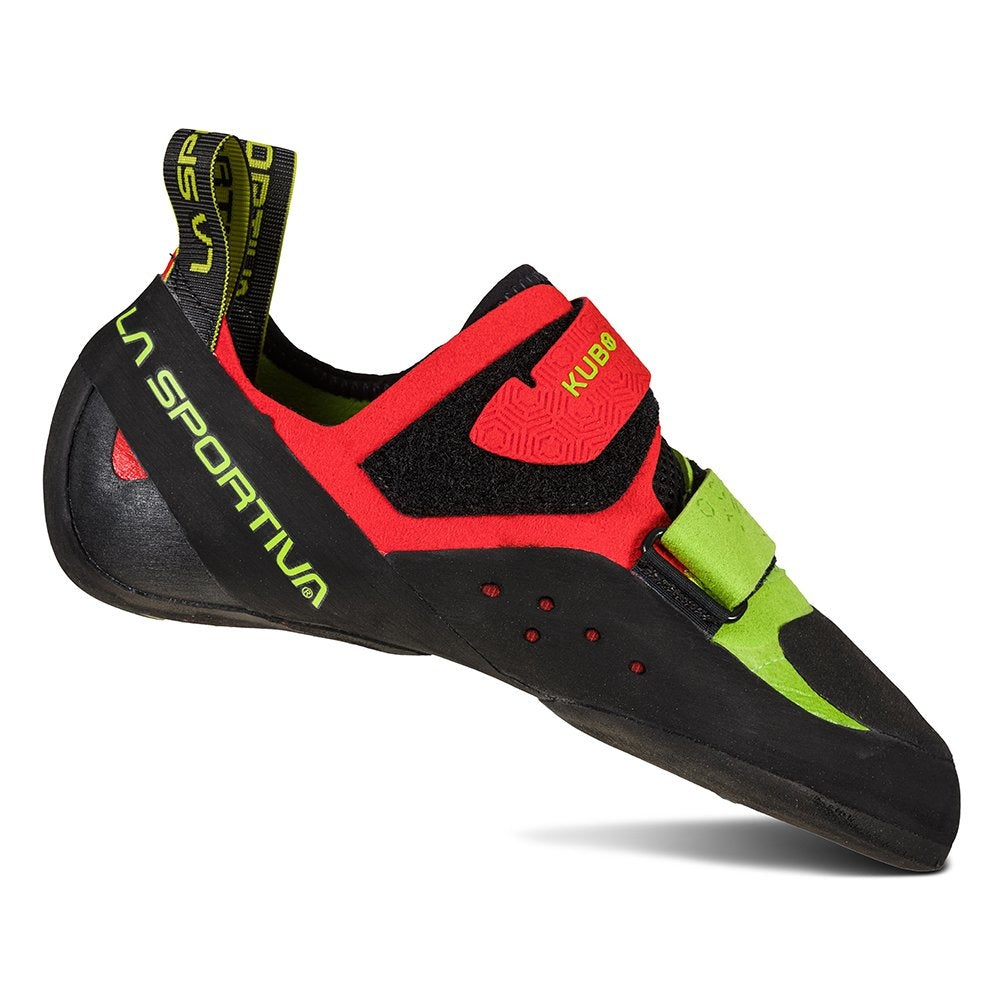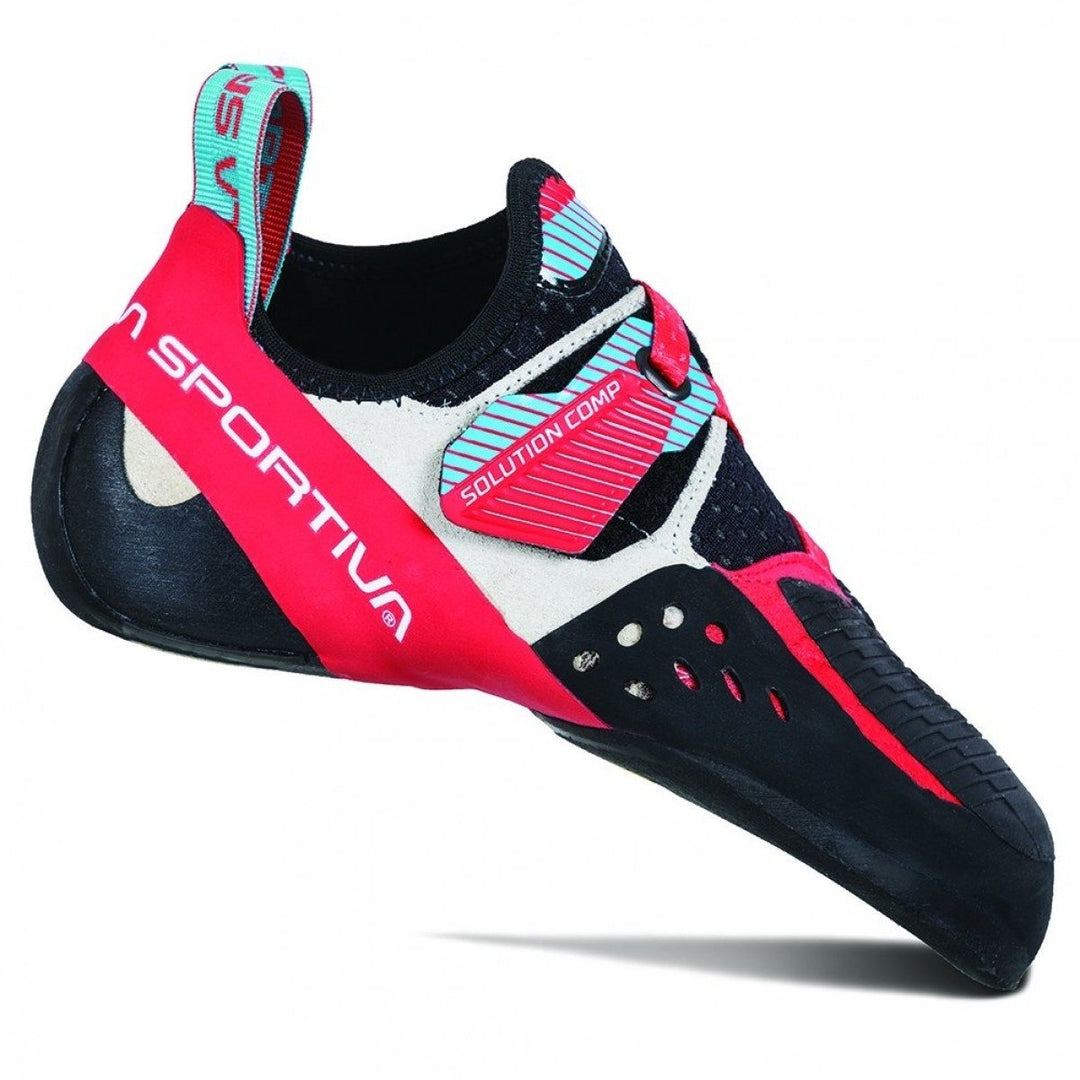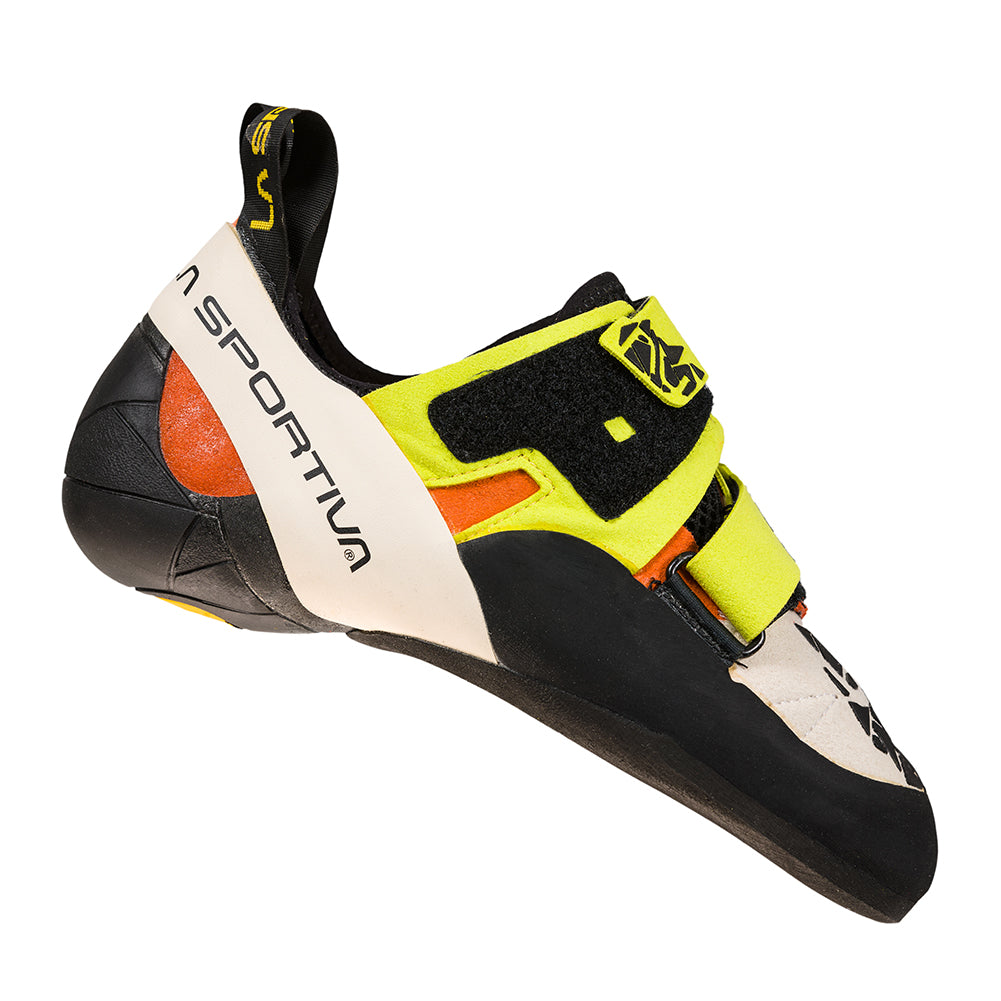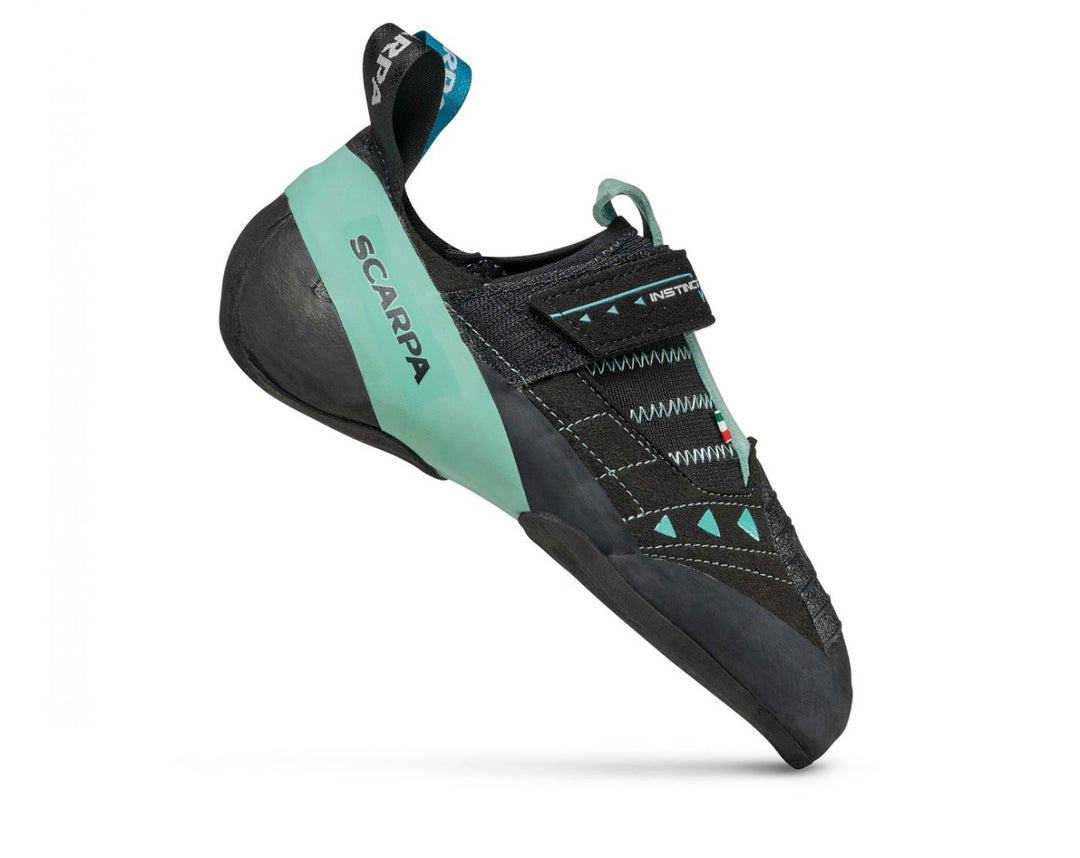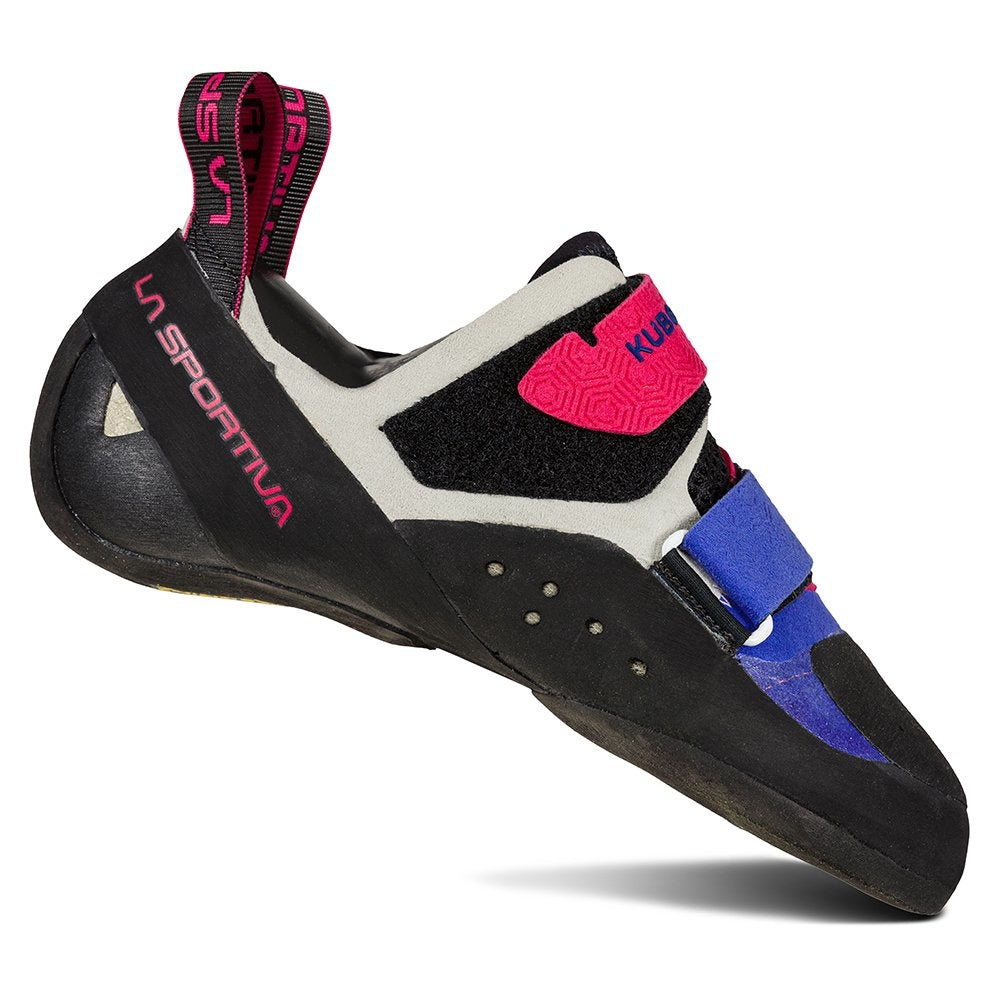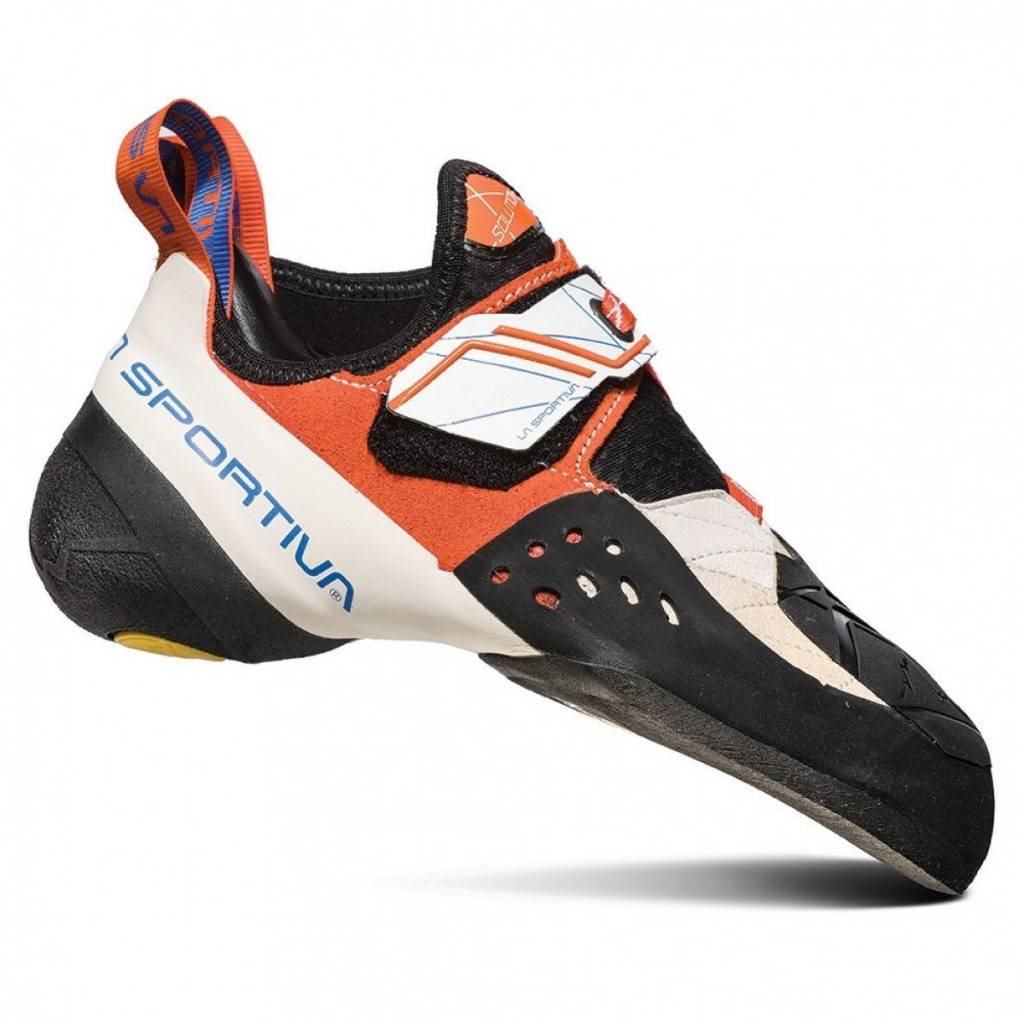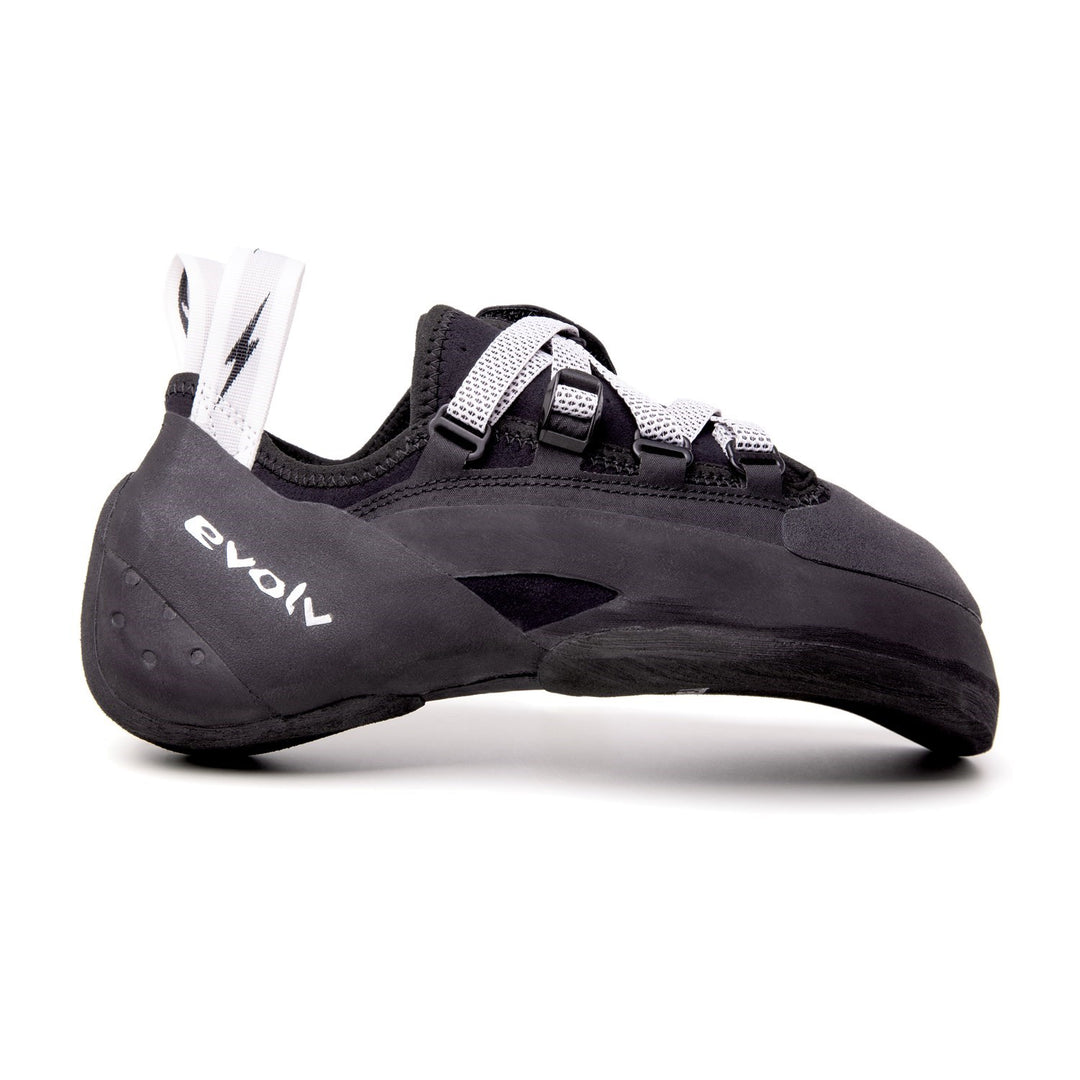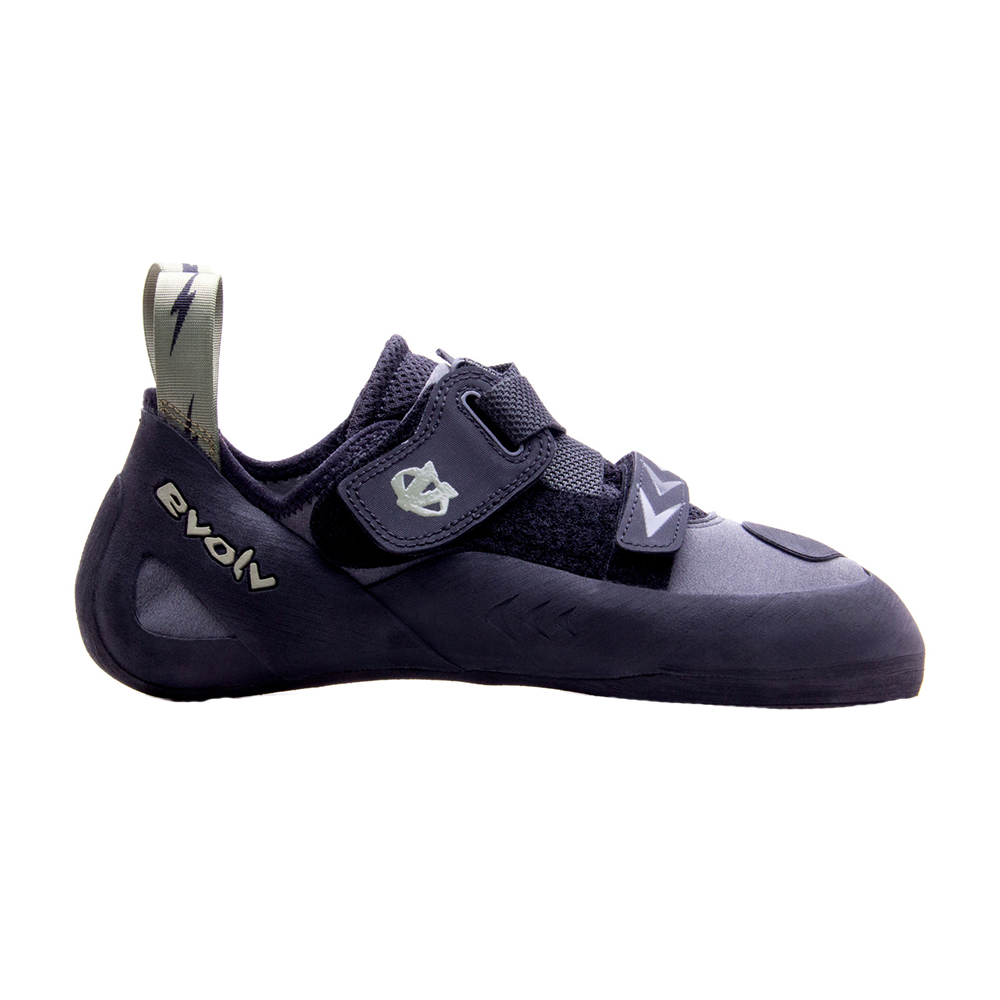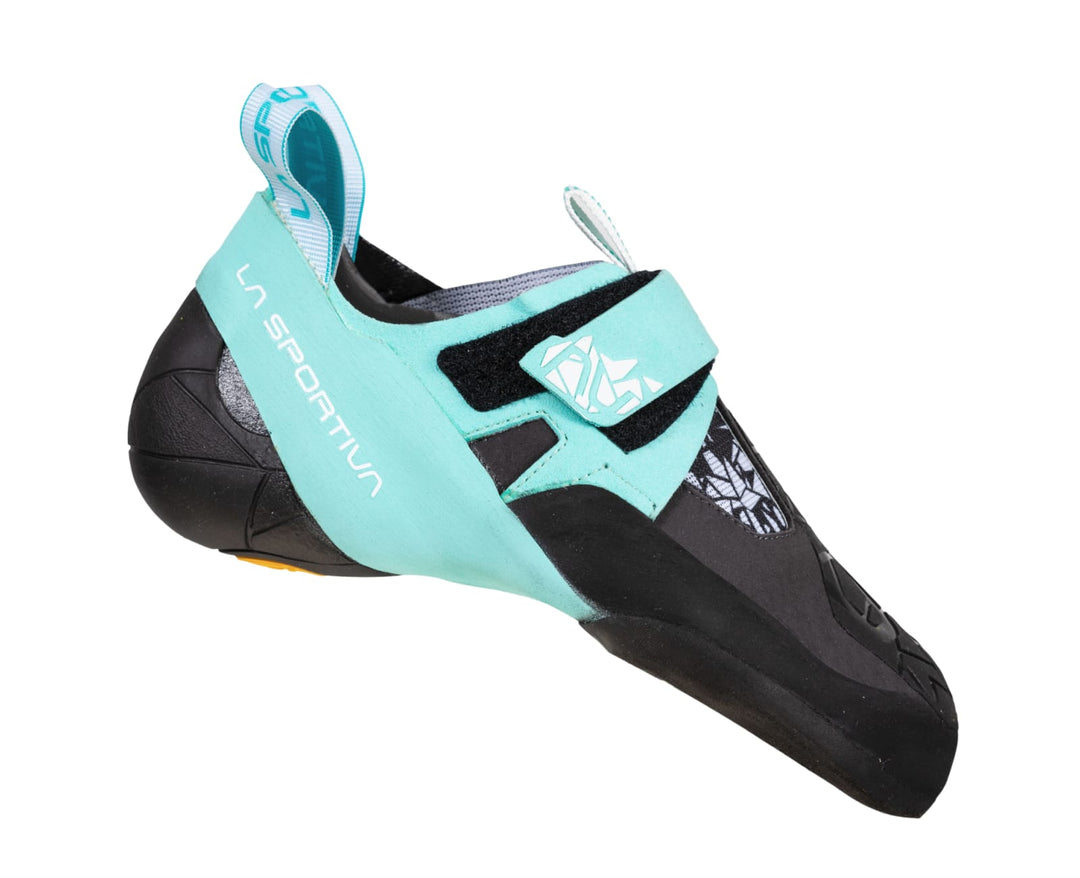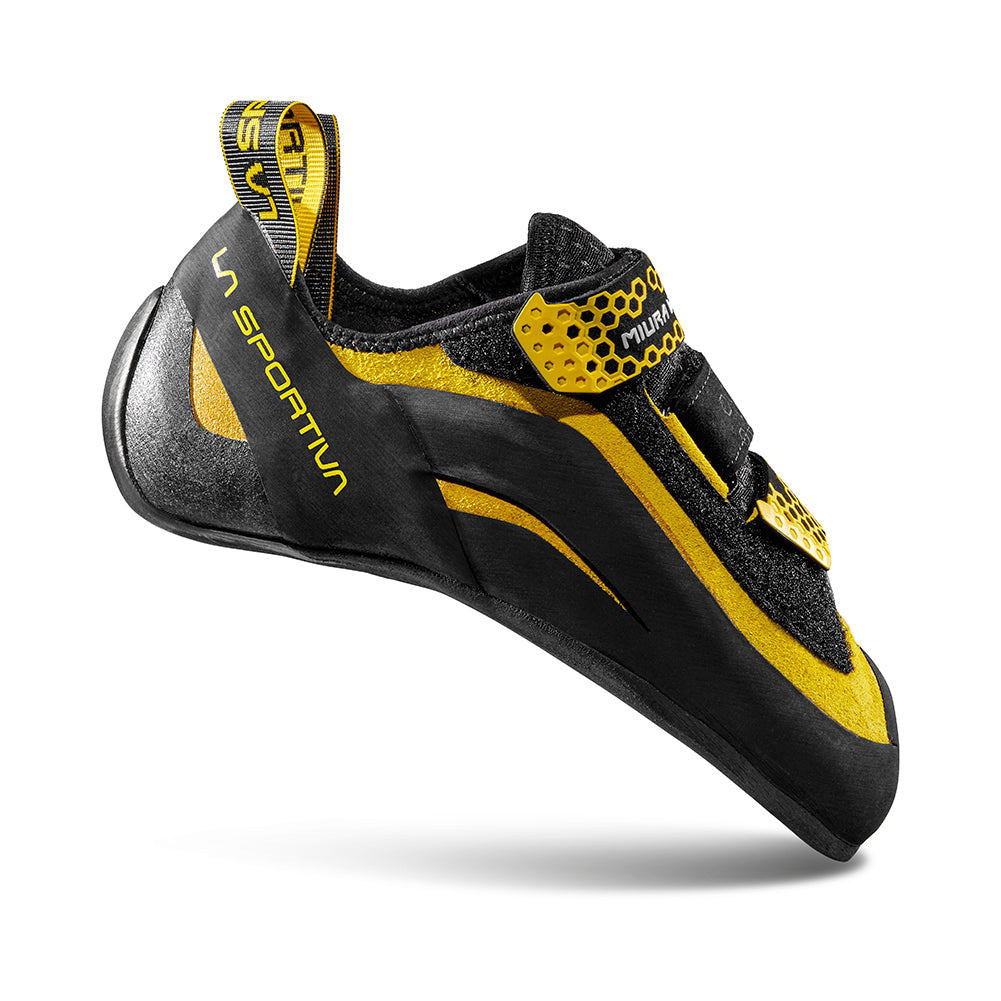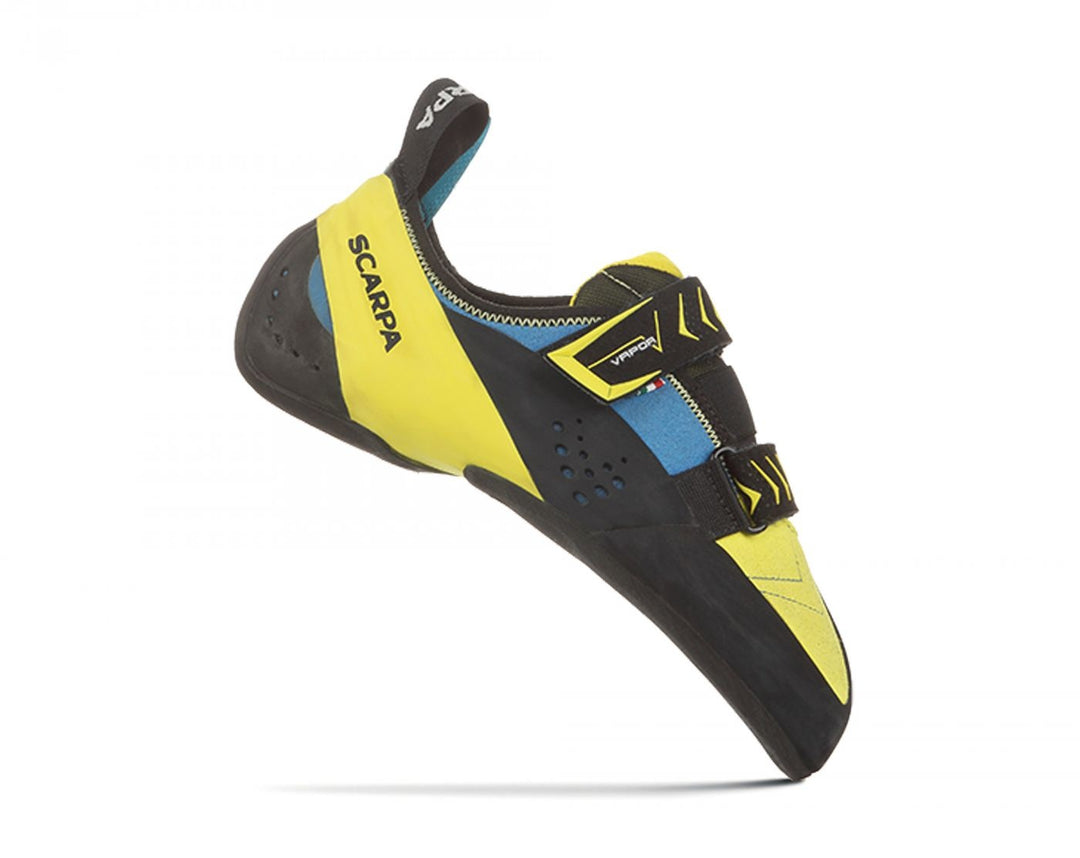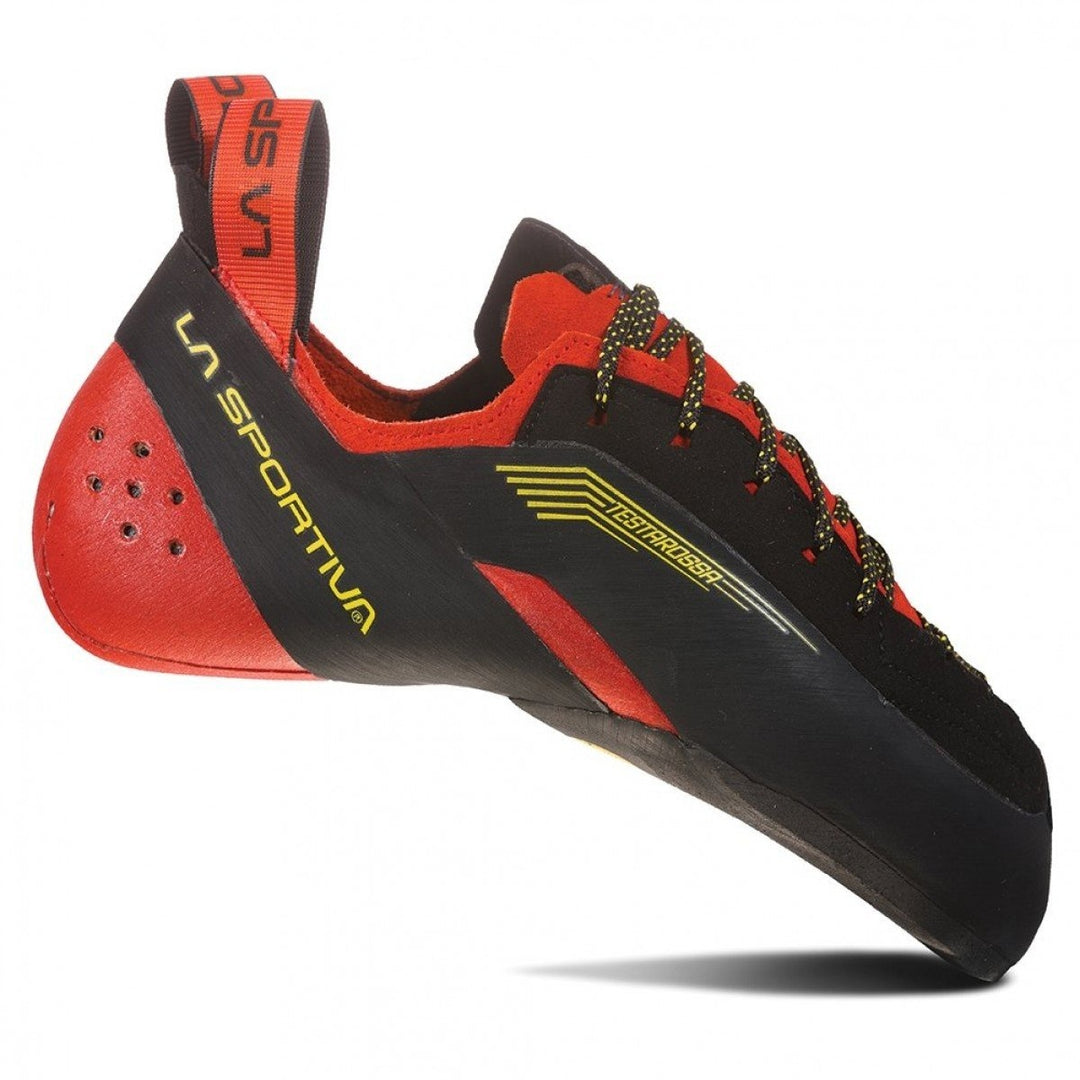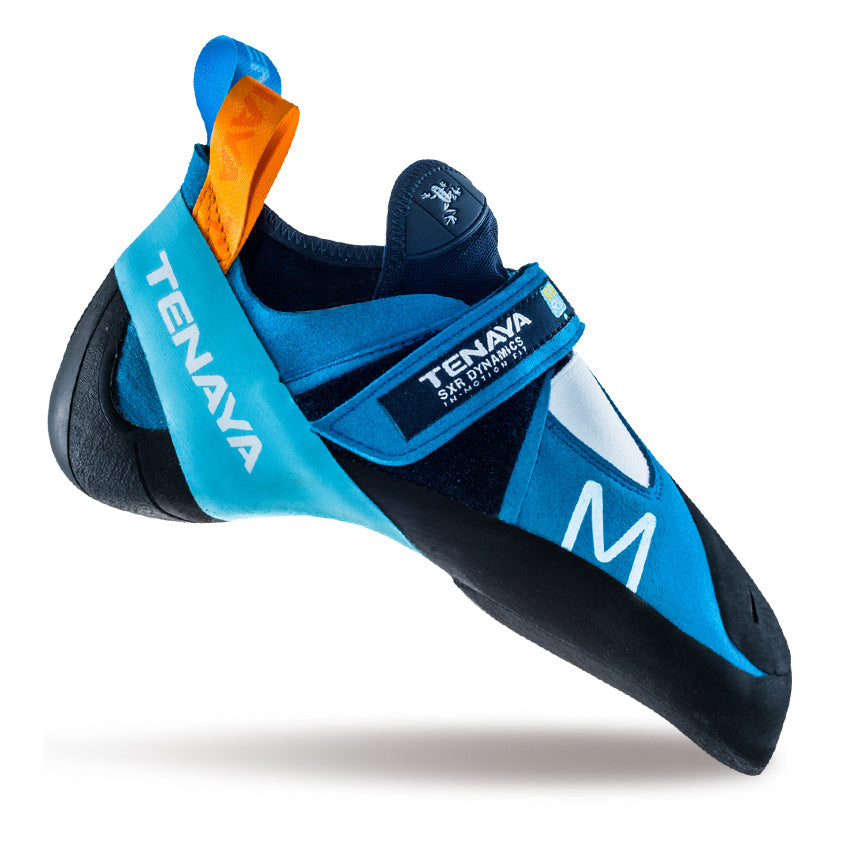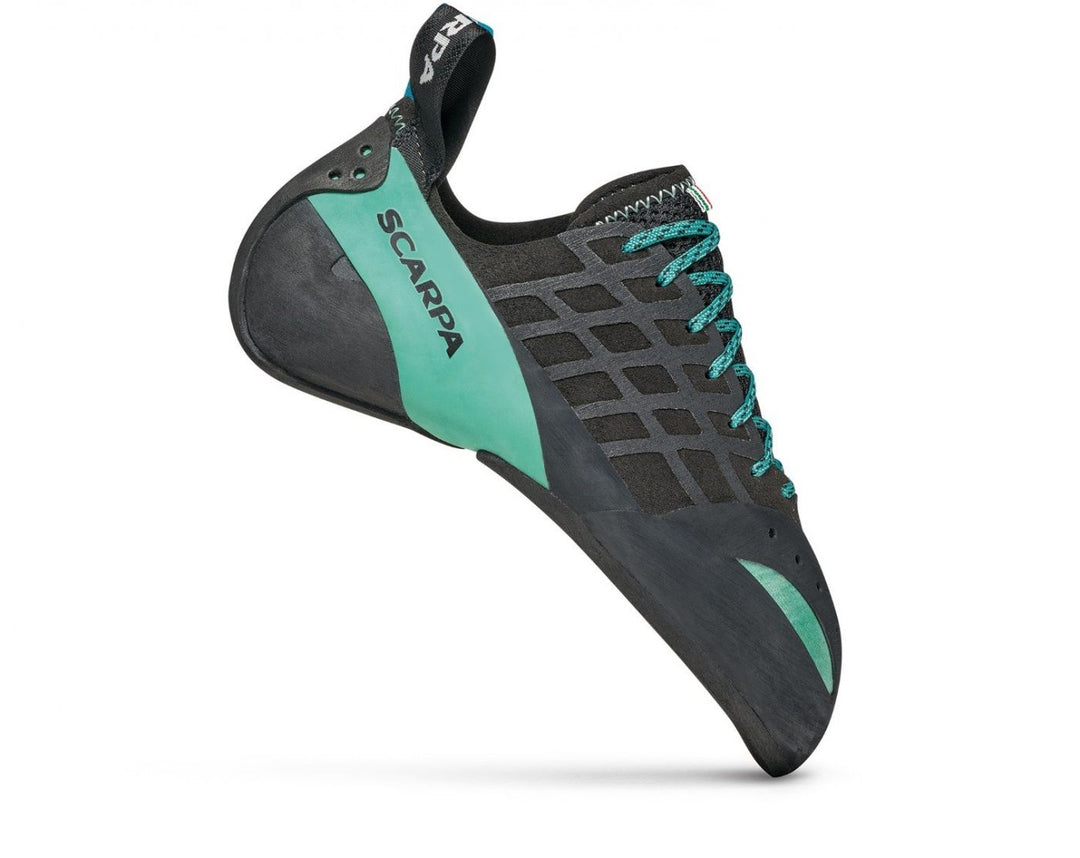Bouldering shoes are designed specifically for the demands of bouldering, which typically involves short, intense, and powerful climbs. These shoes are tailored to the unique requirements of boulderers, and several key features make them specialized:
Aggressive Shape: Bouldering shoes often have a more aggressive shape compared to other climbing shoes. They are designed with a downturned or "cambered" profile, where the sole curves downward toward the toes. This shape allows for precise and powerful toe placement on small holds and overhangs, essential in bouldering where footholds can be challenging.
Sensitivity: Bouldering shoes prioritize sensitivity, which means they allow climbers to feel the rock and holds beneath their feet. This sensitivity helps boulderers assess the texture and features of the rock and make precise foot placements. Thin soles and minimal padding contribute to this sensitivity.
Minimalist Design: Bouldering shoes typically have a minimalist design with thin rubber soles and a snug fit. This minimizes the distance between the climber's foot and the rock, enhancing precision and control.
Rubber Compound: Bouldering shoes often use high-friction rubber compounds, such as Vibram XS Grip or Stealth rubber, to provide superior grip on a variety of climbing surfaces. This ensures that boulderers can confidently stand on and push off from even the smallest holds.
Toe and Heel Hooking Features: Bouldering shoes often feature rubber patches or reinforcements on the toe and heel areas. This facilitates toe and heel hooking moves
Velcro or Slipper Closure: Many bouldering shoes have Velcro straps or a slipper-style closure system. These closure methods make it easy to put on and take off the shoes quickly, which is important for efficiency during bouldering sessions.
Snug Fit: Bouldering shoes are typically designed for a snug fit, emphasizing the importance of precise footwork. Climbers often choose shoes that are slightly smaller than their street shoe size to ensure a tight and responsive fit.
Stiffness: Some bouldering shoes have a moderate level of stiffness to provide support and edge on small footholds, while others are softer for improved sensitivity and smearing ability.
Randing and Construction: Bouldering shoes may have specialized randing (rubber that wraps around the shoe's edge) and construction to optimize the shoe's performance in different situations, such as toe hooking, heel hooking, or edging.
It's important to note that bouldering shoe preferences can vary among climbers, and the choice of shoe depends on factors like climbing style, personal comfort, and the specific types of boulder problems encountered. Bouldering shoes are designed to excel in the dynamic and powerful movements of bouldering, making them a valuable tool for boulderers looking to maximize their performance on the rock.
